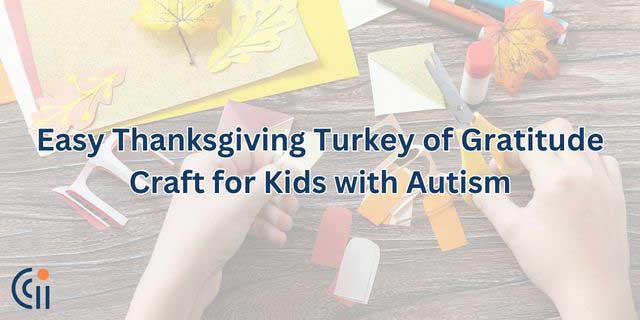Halloween is one of the most exciting and beloved days for children. But for children with autism, this holiday can pose particular challenges. The sensory overload of costumes and decorations, the unpredictability of trick-or-treating, and the unfamiliar social interactions can all make Halloween a stressful and overwhelming experience. However, with some preparation and planning, you can have an autism-friendly Halloween. Circle City ABA wants to offer some tips to ensure that your child has a Halloween to remember, and we are here to support you along the way.
5 Tips for a Fun Halloween for Children with Autism
- Tip 1: Make a sensory-friendly costume
For many children with autism, costumes can be uncomfortable and overwhelming. Scratchy fabrics, tight-fitting clothes, masks, and hats can all cause sensory discomfort. Choose soft, comfortable fabrics to make your child’s Halloween costume sensory-friendly. Avoid any outfits restricting movement, and keep hairstyles and accessories simple. - Tip 2: Practice trick-or-treating
Trick-or-treating can also be stressful for children with autism. The unfamiliar faces and loud noises can be overwhelming. To ease your child’s anxiety, consider practicing trick-or-treating before Halloween. Visit a friend or family member’s house and explain the concept of trick-or-treating. Practice ringing the bell, saying “trick or treat,” and receiving candy. This can help your child feel more comfortable when Halloween night comes. - Tip 3: Bring a sensory bag
A sensory bag can be helpful for children with autism who struggle with sensory overload. Fill a bag with items that will help calm and soothe your child. Noise-canceling headphones, fidget toys, or weighted blankets can all be helpful. A sensory bag can provide a safe space for your child when things get too overwhelming. - Tip 4: Create a visual schedule
Creating a visual schedule for Halloween night can provide structure and predictability. Use pictures to show your child the order of events. For example, a picture of your home can signify the start of the evening, followed by an image of trick-or-treating, and then a picture of returning home for post-trick-or-treating activities. This can help reduce anxiety and make the night less stressful. - Tip 5: Reach out for support
Navigating Halloween with a child with autism can be challenging. Don’t be afraid to seek support. Circle City ABA professionals can offer guidance, resources, and tailored treatment plans to meet your child’s needs. Our expert team provides center-based therapy, parent training and support, and quality ABA-based treatment.
Halloween can be an enjoyable day for children with autism with proper preparation and planning. By practicing trick-or-treating, making a sensory-friendly costume, bringing a sensory bag, creating a visual schedule, and seeking support, you can help your child have a fun and successful Halloween. Circle City ABA supports you and your family with evidence-based therapies and professional guidance. By implementing these tips, you can help your child celebrate Halloween just like any other child.


